police training center & consolidation of three Brussels K9 units on a single site shooting ranges, kennels, training & exercise areas, facilities (administrative, logistical, & technical) & cafeteria
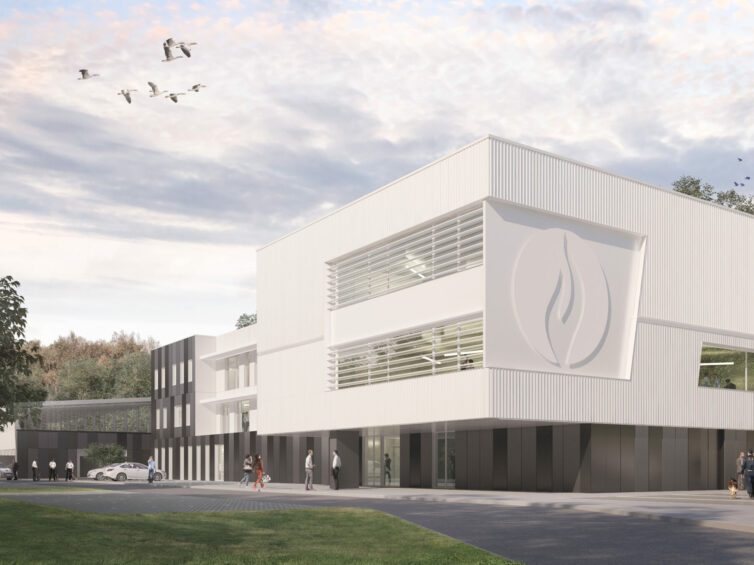
police training center & consolidation of three Brussels K9 units on a single site shooting ranges, kennels, training & exercise areas, facilities (administrative, logistical, & technical) & cafeteria

Since late 2023, the Brussels-Capital Ixelles police zone, the largest in the country, has its own training center complete with shooting ranges and kennels. Located on the Mercator site in Neder-Over-Heembeek, this new facility meets the practical and theoretical training needs of personnel in accordance with Circular GPI 48. Its name, “K9-4 polbru,” reflects the two main activities of the site: the consolidation of three K9 canine brigades and the new police training hub “4.” This welcoming, functional, and high-performing facility provides personnel with the opportunity to learn key aspects of the policing profession. It also aims to instill a sense of belonging, pride, and exemplariness in its users.
This project, awarded to the consortium CIT Blaton · assar architects · VK Engineers, is being realized in collaboration with the police of Brussels capital – Ixelles, the city of Brussels, and the regional urban development company citydev.brussels.
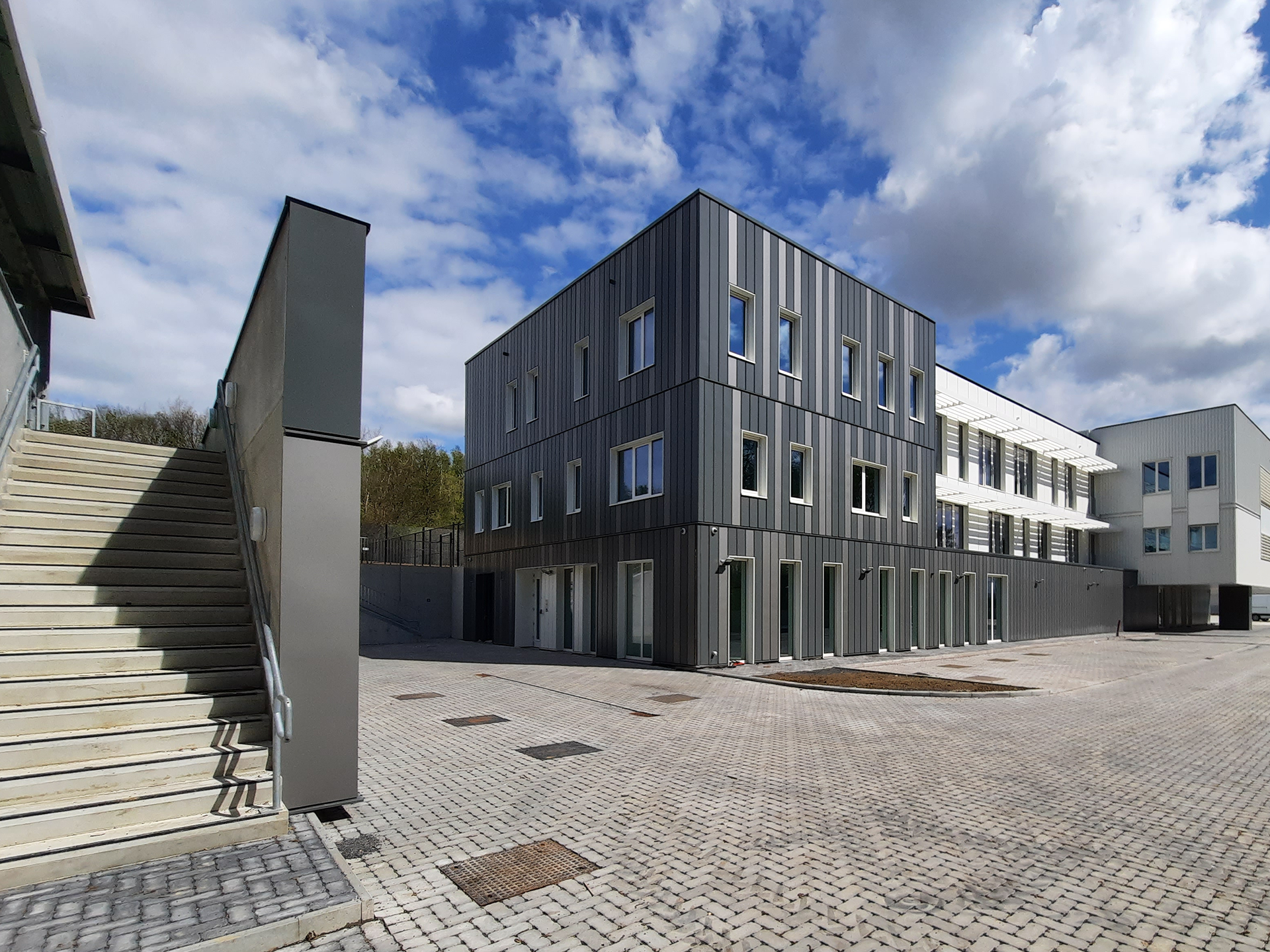
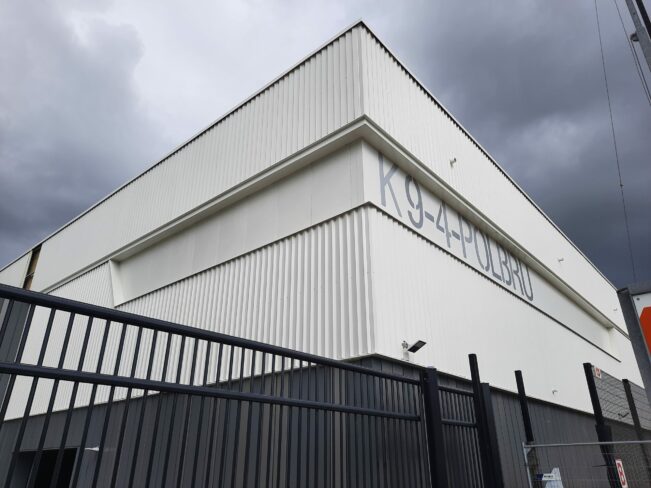
| program | police training center & consolidation of 3 Brussels K9 units on a single site shooting ranges, kennels, training & exercise areas, facilities (administrative, logistical, & technical), & cafeteria |
| client | ville de Bruxelles & police de Bruxelles-Capitale Ixelles (M.O. délégué citydev.brussels) |
| address | avenue De Béjar • 1120 Neder-Over-Heembeek |
| building type | work |
| status | completed |
| size | 7.500 m² |
| team | client : ville de Bruxelles & police de Bruxelles-Capitale Ixelles (M.O. délégué citydev.brussels) |
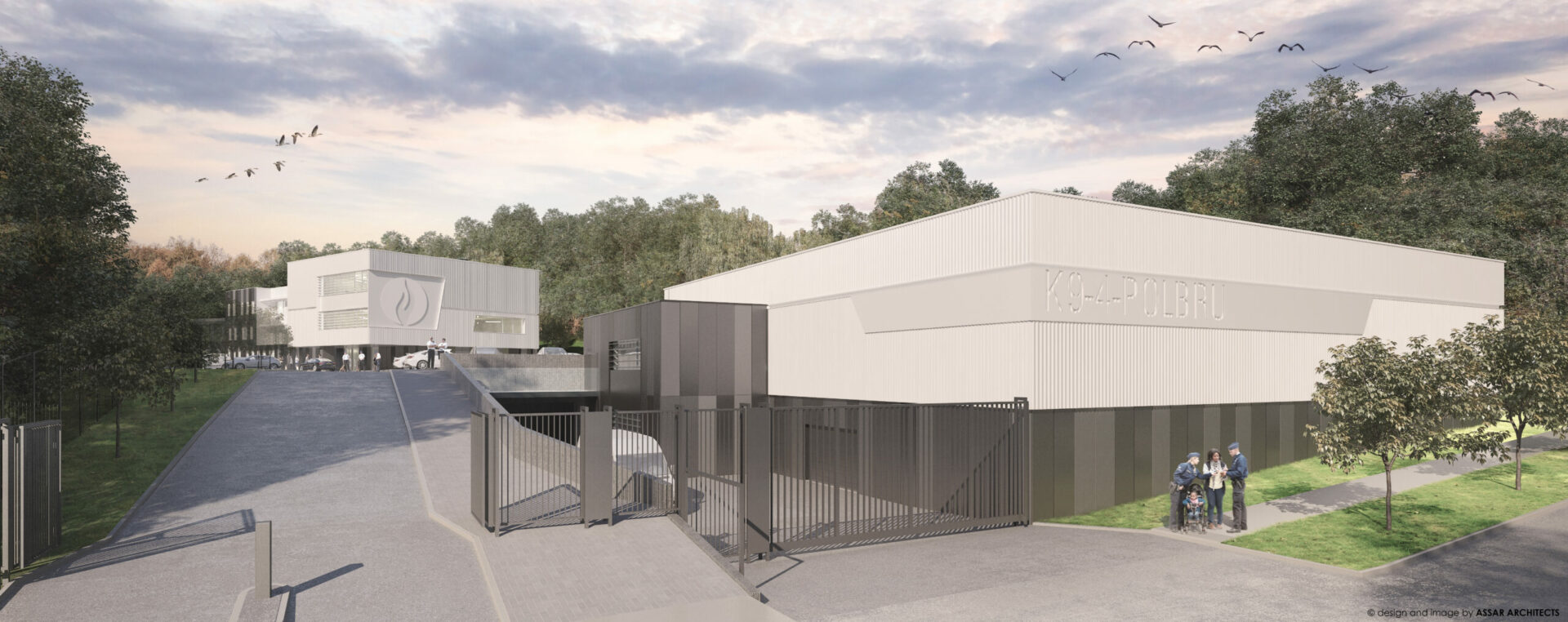
for the canine brigade:
for the training center:
in addition to these two key functions of the project, the site also houses:
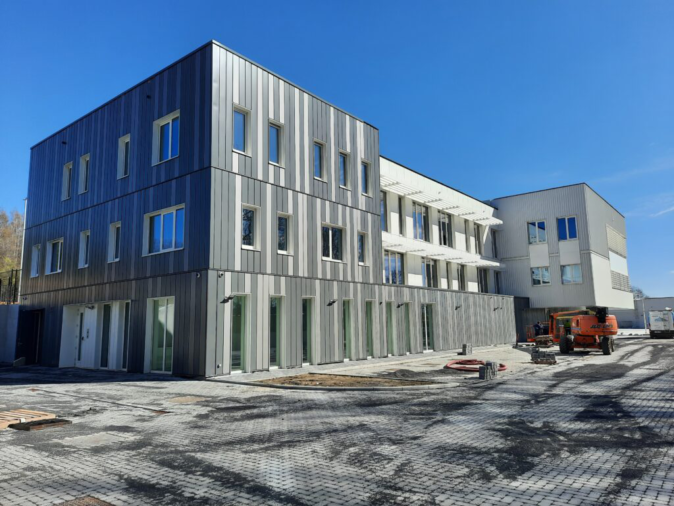
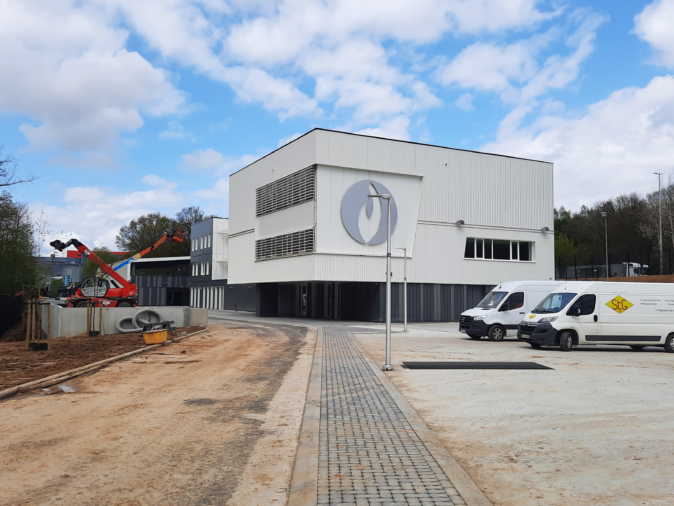
The “K9-4 PolBru” project addresses the programmatic requirements while considering the constraints of the site and its surroundings, as well as the objectives of habitability, efficiency, integration, and sustainability necessary for creating a high-quality training hub.
Bordered by the ring road to the north and “reduced” by half due to the non-aedificandi zone imposed for possible road widening, a comprehensive acoustic strategy has been implemented to ensure an optimal working and learning environment within K9-4.
The elongated and parallel placement of the building to the ring road reduces the impact of noise from heavy traffic on the constructed volume. Placing the shooting ranges in the underground level and the kennels in a separate volume from the main building minimizes the acoustic impact of these functions on the learning areas. The placement of the kennels below the non-aedificandi zone also reduces the noise influence of the road on the dogs’ rest areas. Additionally, the landscaping of this zone helps reduce noise disturbances from the ring road by creating planted mounds.
Located near the Domaine des 3 Fontaines and the St. Landry woods, which are considered areas of high biological value, the site offers the potential for biodiversity conservation efforts. The non-aedificandi zone, mentioned earlier, is designed to create an ecological corridor for wildlife and flora.
Special attention has been given to the issues of flexibility in the constructed volumes, sustainability, and the project’s environmental impact.
The following elements contribute to saving a minimum of 25 tons of CO2 per year:
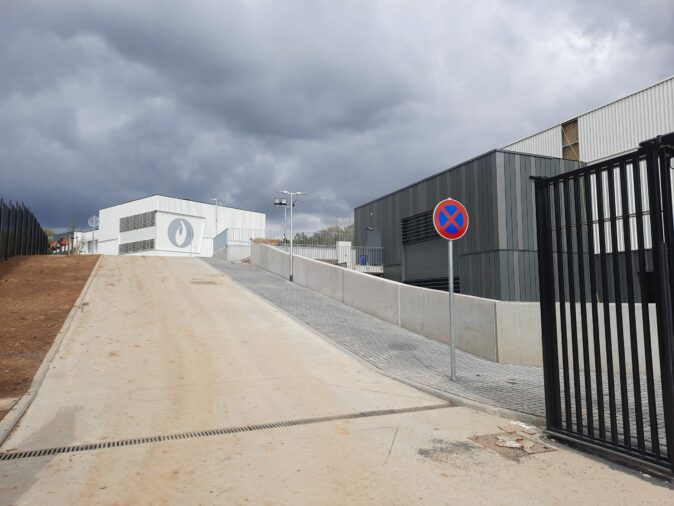
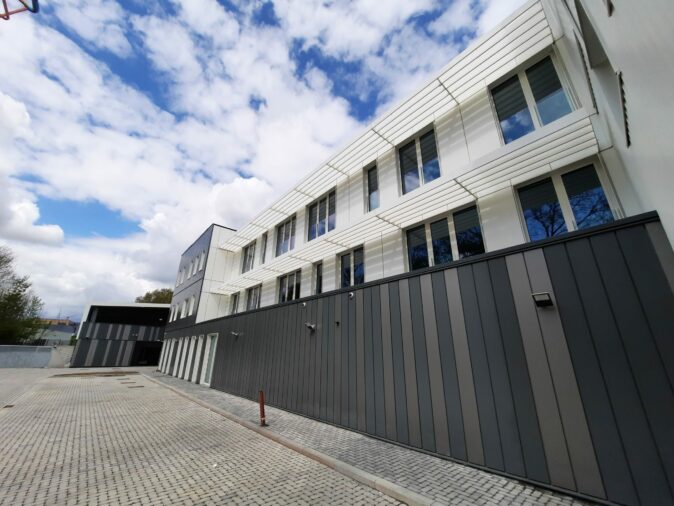
On the facade, the approach to openings based on orientations and views, as well as the interplay of light volumes on the dark base, respond to the different functions and clearly identify them. A dialogue is created between form, function, and the environment.
The constructed volumes and various functions are organized in a simple, intuitive, and efficient manner within a sober and bright atmosphere. Interior atmospheres and finishes draw inspiration from a tranquil and soothing nature. The use of a common design language across all buildings harmonizes and creates a sense of unity throughout the entire project.
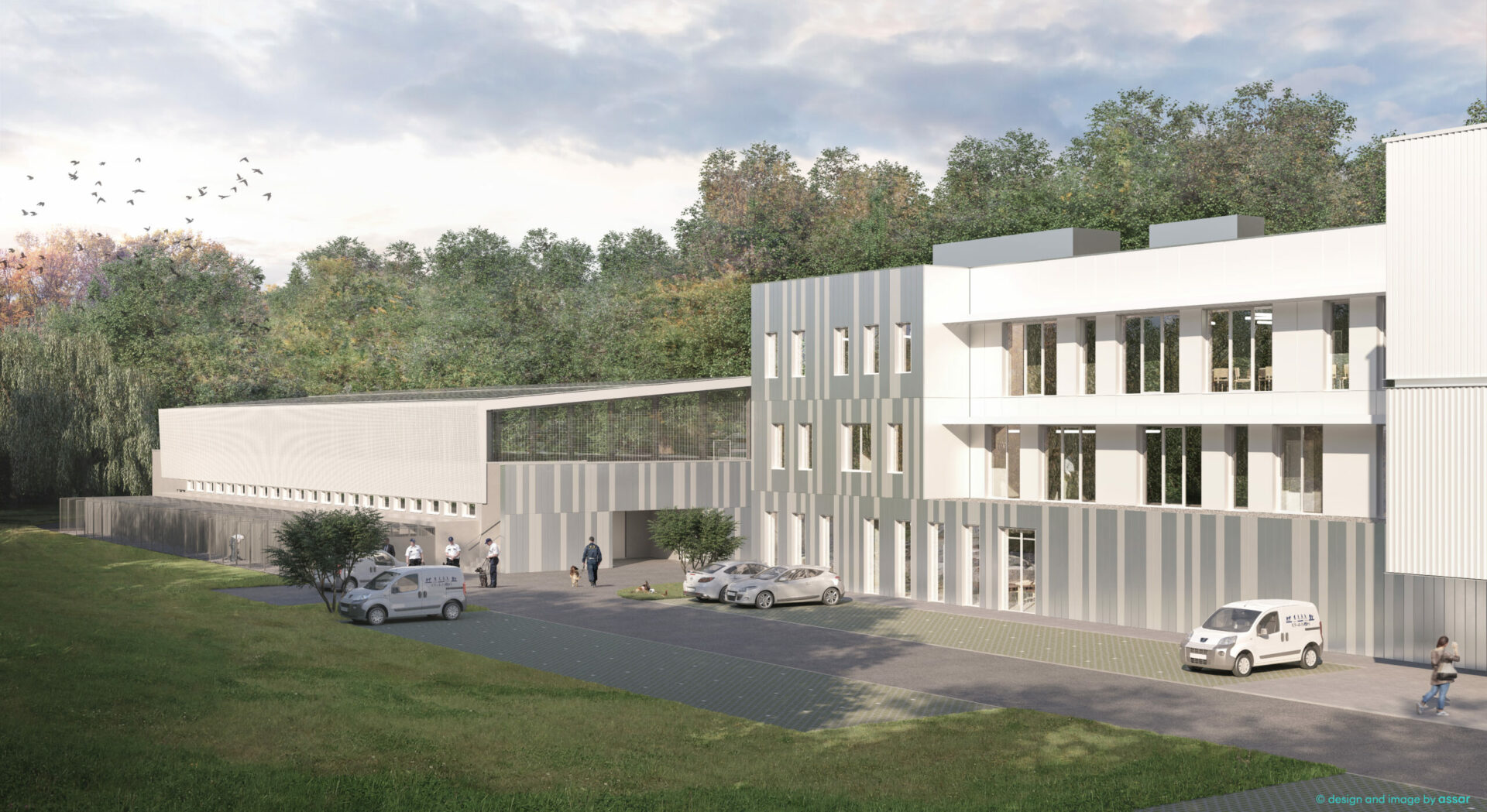
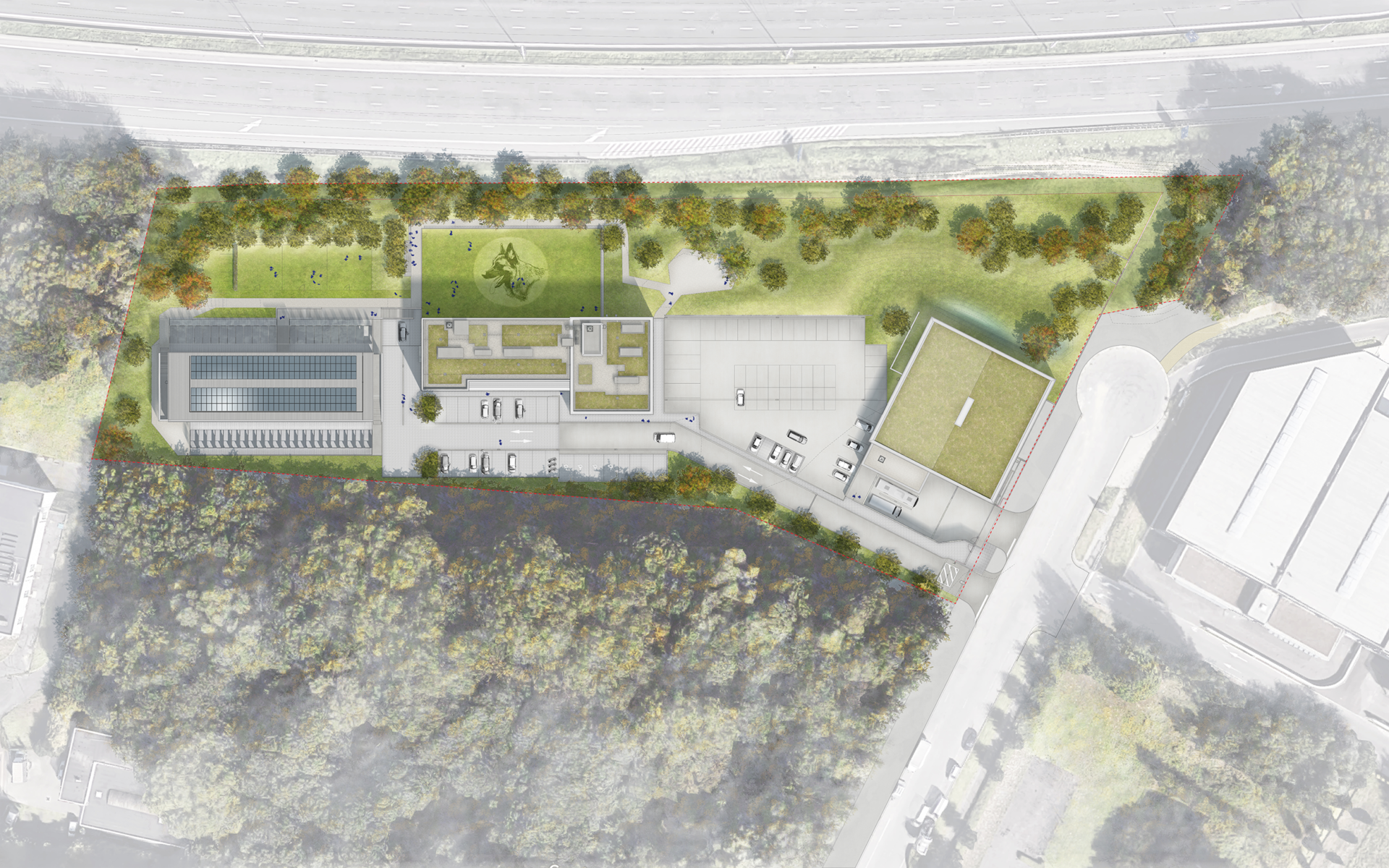
want to know more about assar or contribute to its continuous development